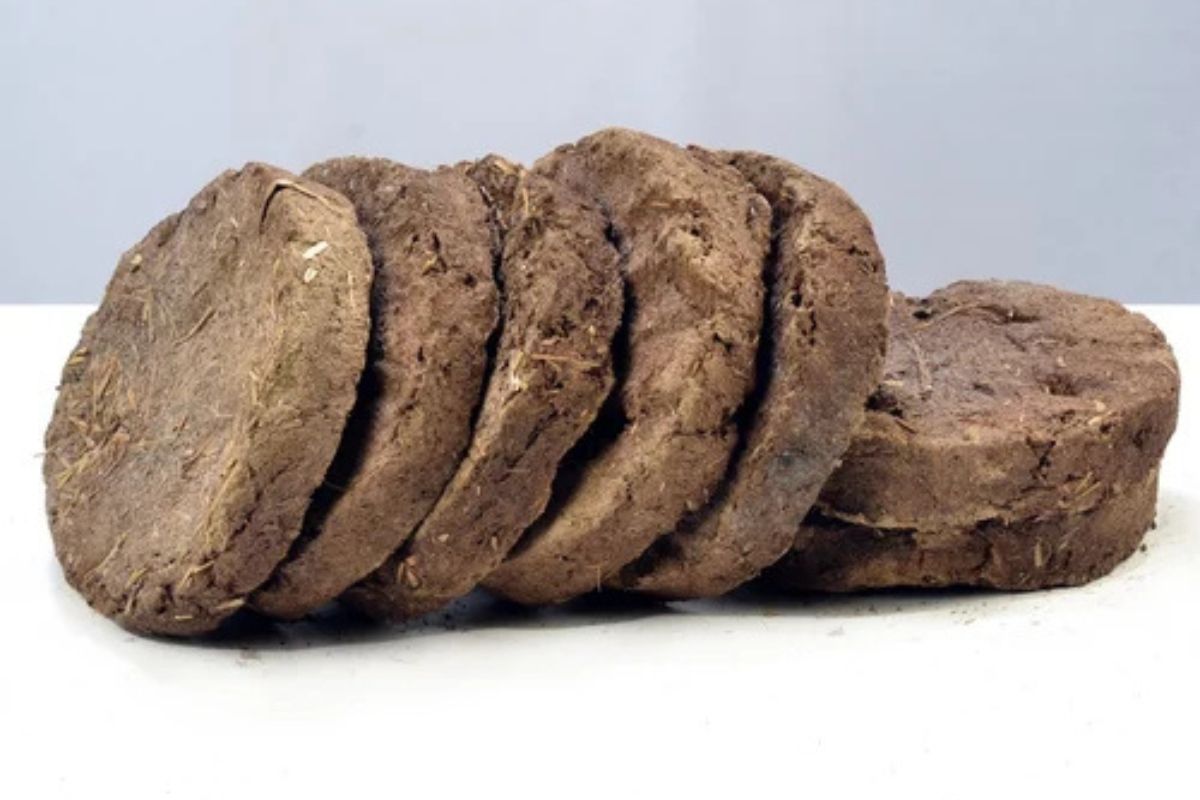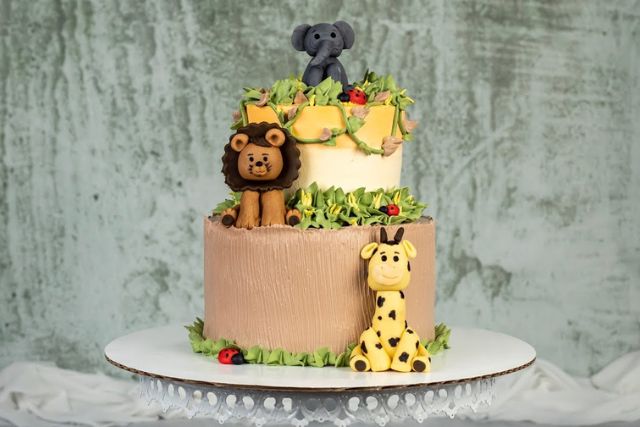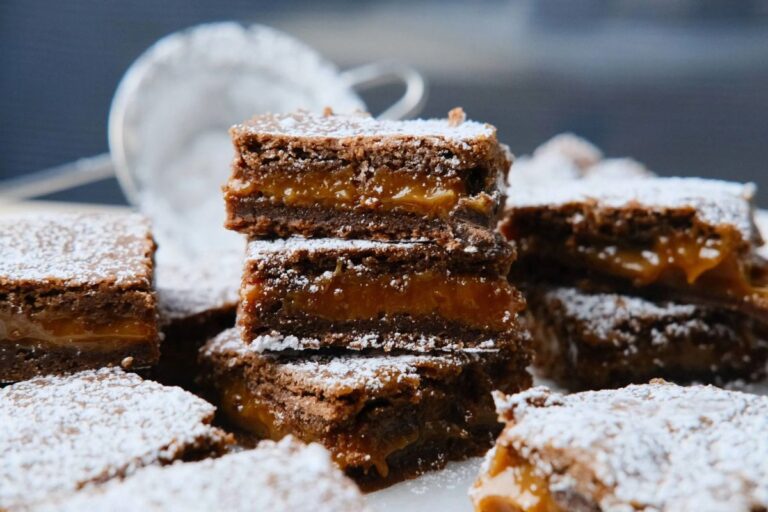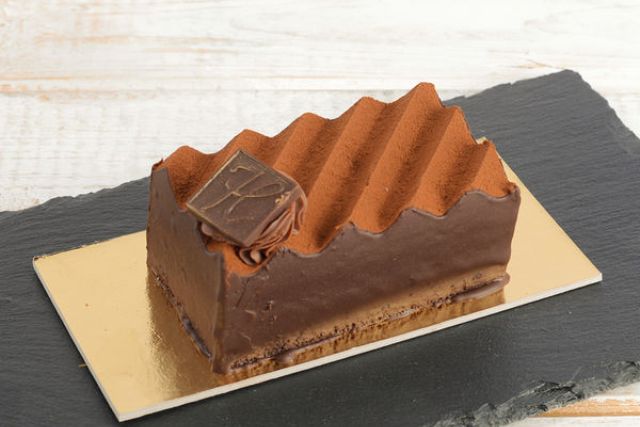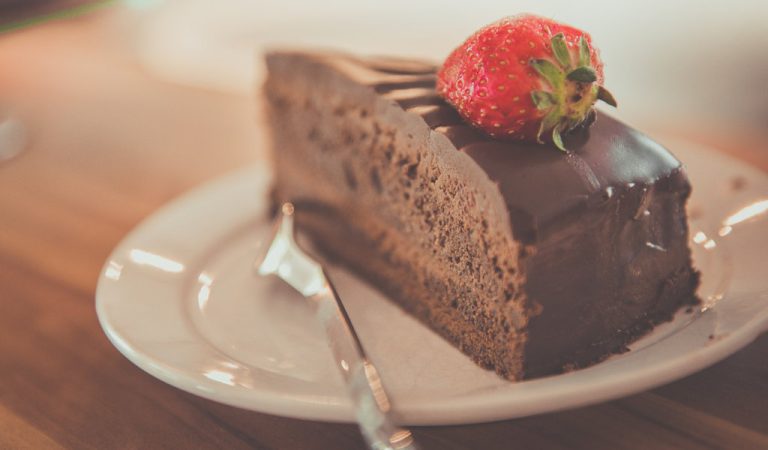Cow Dung Cake Recipe: A Traditional Natural Fuel for Your Home
The Cow Dung Cake Recipe is an age-old tradition in rural India and other parts of the world, particularly in farming communities. It has been used for centuries as an eco-friendly fuel, a natural disinfectant, and even for religious rituals. Though it may sound unusual to some, cow dung cakes are incredibly useful, versatile, and eco-conscious.
In this article, we’ll explore how you can make cow dung cakes at home, their uses, and how they are beneficial for the environment and your home. Whether you’re seeking a sustainable fuel source or want to incorporate this traditional method into your lifestyle, this guide will help you understand the process.
What is a Cow Dung Cake?
A Cow Dung Cake is made by drying fresh cow dung and shaping it into cakes or patties. These cakes are then used for various purposes, including cooking, heating, and religious ceremonies. In rural areas, cow dung cakes have been used as a primary fuel for cooking food, especially in areas without access to modern fuels like gas or electricity.
Cow dung cakes are not only useful for energy production but are also an eco-friendly option because they are biodegradable, emit less pollution than wood, and help reduce deforestation. Moreover, they are rich in nitrogen and phosphorus, which make them a great natural fertilizer when used in farming.
Ingredients for Cow Dung Cake
- Fresh cow dung (preferably from a healthy cow)
- Dry grass or straw (optional, for added structure)
- Water (for mixing)
Step-by-Step Instructions to Make Cow Dung Cake

1. Collect Fresh Cow Dung
The first step in making cow dung cakes is to gather fresh, untreated cow dung. Ensure the dung is fresh and free from any foreign materials, as you want to keep it as natural as possible. You can source cow dung from a farm or a local supplier who has healthy cows.
2. Prepare the Mixture
In a large mixing bowl or on a flat surface, take the fresh cow dung and start mixing it with dry grass, straw, or leaves. The straw or grass helps bind the dung and gives the cake better structure. The consistency of the mixture should be thick but not too dry.
Add small amounts of water to the dung to make the mixture easier to work with. It should be moist but not too runny, as that could affect the shape of the cake.
3. Shape the Cakes
Once you have a thick, workable consistency, start shaping the mixture into small, round or oval cakes. The size and shape of the cakes can vary, but traditionally, they are made about the size of a small plate. You can also mold the mixture into flat, circular cakes using your hands or a wooden mold.
4. Dry the Cakes
Once the cakes are shaped, place them out in the sun to dry. Lay them on a flat surface like a mat, sheet, or a wooden platform, ensuring that they are spaced out to allow proper air circulation. It may take 3 to 4 days in the sun to dry the cakes completely.
Make sure the cakes dry thoroughly, as moisture will prevent them from burning effectively when used as fuel.
5. Store the Cow Dung Cakes
After the cow dung cakes are completely dried, they are ready for use. You can store them in a dry place, away from moisture, to keep them ready for future use. If you plan to use them for cooking or heating, make sure they are stored in a well-ventilated area.
Benefits of Using Cow Dung Cakes
- Eco-Friendly Fuel: Cow dung cakes are a sustainable, renewable energy source. They release less smoke and pollutants compared to wood, making them a cleaner alternative for cooking and heating.
- Natural Fertilizer: When cow dung cakes break down in the soil, they release nutrients like nitrogen and phosphorus, which are great for plant growth. They act as a natural fertilizer for crops.
- Traditional & Cultural Significance: In many cultures, particularly in rural India, cow dung cakes hold religious significance and are used in pujas (prayers) and festivals. They symbolize purity, sustainability, and the bond between humans and nature.
- Cost-Effective: For rural households without access to electricity or modern fuels, cow dung cakes are an affordable and easily accessible source of energy for cooking and heating.
- Reduces Deforestation: Using cow dung cakes as fuel reduces the need for cutting down trees, helping conserve forests and wildlife habitats.
Uses of Cow Dung Cakes
- Cooking and Heating: Cow dung cakes are used as a traditional fuel for stoves, particularly in rural and farming areas where access to gas or electricity is limited. They provide a steady, clean heat that is perfect for cooking.
- Religious Rituals: In many cultures, cow dung cakes are used in religious ceremonies, such as rituals or prayers, to create a pure environment. Burning them during pujas (prayers) is believed to purify the surroundings.
- Farming: Cow dung cakes can be used as an organic fertilizer for gardens and fields. They enrich the soil with nutrients and improve its fertility.
- Repellent for Insects: Burning cow dung cakes helps ward off insects, especially mosquitoes. The smoke from the dung acts as a natural insect repellent.
Tips for Making the Best Cow Dung Cakes
- Ensure Freshness: Always use fresh, untreated cow dung for the best results. Avoid using dung that has been mixed with any harmful chemicals or non-organic substances.
- Drying Time: Make sure the cakes are thoroughly dried before storing them. If they are still damp, they won’t burn effectively.
- Storage: Store the dried cakes in a dry, well-ventilated area to avoid mold or dampness.
- Use Natural Additives: If you want to enhance the burning process, you can mix dried leaves or grass to the dung. This helps the cakes burn hotter and cleaner.
Making cow dung cakes is a sustainable, practical, and traditional way to produce natural fuel. Whether used for cooking, heating, or religious rituals, these cakes are a renewable resource that have been trusted by rural communities for generations. With a simple recipe, you can create eco-friendly fuel that reduces your environmental footprint and brings you closer to nature.
By using cow dung cakes, you are not only supporting an eco-conscious lifestyle but also preserving a centuries-old tradition that is integral to many cultures around the world. Give it a try and enjoy the benefits of this time-honored practice!
